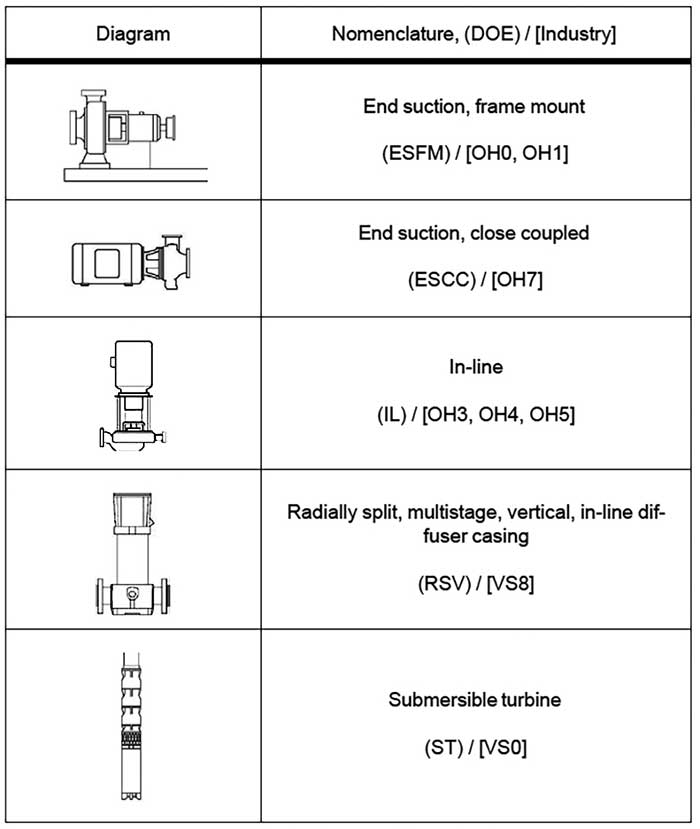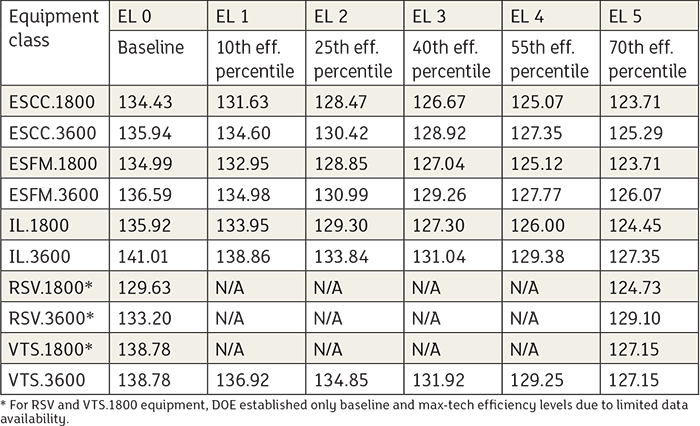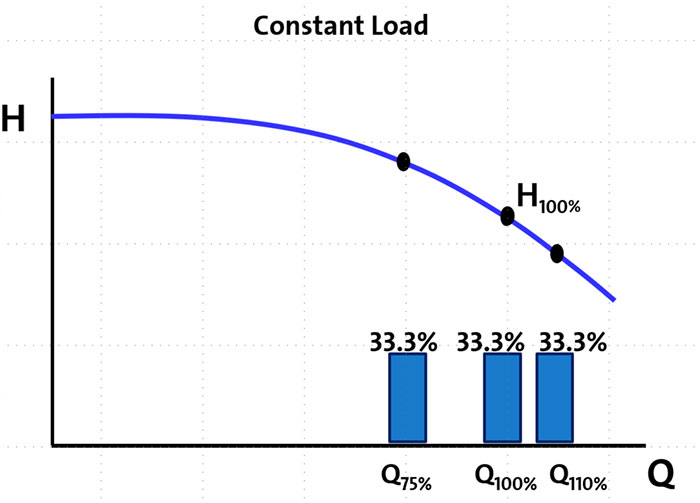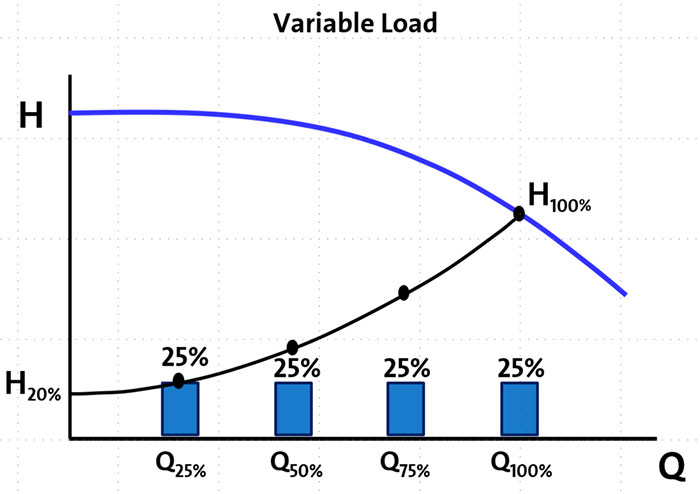A gradual evolution of U.S. efficiency standards for equipment over the last four decades has led to the pump rule going into effect next January. In 2011, the Department of Energy (DOE) initiated efforts to develop energy conservation standards for pumps. These efforts have resulted in an amendment to The Energy Policy and Conservation Act (EPCA) of 1975. Part C of Title III establishes the “Energy Conservation Program for Certain Industrial Equipment,” which now includes pumps. The effective date of this rule was March 28, 2016. Compliance with the new standards established for pumps in this final rule is required on and after Jan. 27, 2020. Subsequently, in June 2014 the Hydraulic Institute (HI) published HI 40.6—Methods for Rotodynamic Pump Efficiency Testing to align with these new requirements. In 2015, HI launched the Pump Test Lab Approval Program (PTLAP) to position pump manufacturers to participate in the HI Energy Rating Program and provide support in complying with the testing requirements of the Energy Conservation Standard. In December 2016, HI published HI 40.5, a program guideline for the HI Energy Rating Program. The HI Energy Rating Program was launched to the public in March 2017. The scope of the standards is specified at 10 CFR 431.464 and 10 CFR 431.465, respectively, and concerns what is referred to as “clean water pumps.”
 Image 1. Pump equipment category summary (Images courtesy of Grundfos)
Image 1. Pump equipment category summary (Images courtesy of Grundfos)- 1 to 200 horsepower (hp), shaft power at the best efficiency point (BEP), at full impeller diameter for the number of stages required for testing to the standard
- 25 gallons per minute (gpm) and greater (at BEP at full impeller diameter)
- 459 feet of head maximum (at BEP at full impeller diameter and the number of stages specified for testing)
- design temperature range from 14 to 248 F
- design for either: a 2- or 4-pole induction motor, or a noninduction motor with a speed of rotation operating range that includes speeds of rotation between 2,880 and 4,320 revolutions per minute (rpm) and/or 1,440 and 2,160 rpm, and in either case, the driver and impeller must rotate at the same speed
- for ST pumps, 6-inch or smaller bowl diameter
- for ESCC and ESFM pumps, specific speed less than or equal to 5,000 when calculated using U.S. customary units
 Image 2. Efficiency levels analyzed with corresponding C-values
Image 2. Efficiency levels analyzed with corresponding C-valuesPump Energy Index (PEI)
To establish baseline pump efficiency requirements, over more than 20 manufacturers submitted data on the five pump types, which resulted in more than 3,000 unique pumps. The pump data submitted was flow, head, power and efficiency. The DOE used this information to determine the baseline standards and life cycle cost (LCC) analysis. A new metric has been established with this DOE rulemaking: the pump energy index (PEI). There are two types: PEICL (constant load) and PEIVL (variable load). PEICL applies to pumps sold without continuous or noncontinuous controls. PEIVL applies to pumps sold with either continuous or noncontinuous controls. Both PEICL and PEIVL describe the weighted average performance of the rated pump at specific load points, normalized with respect to the performance of a minimally compliant pump without controls. The performance of a minimally compliant pump without controls establishes the standard pump energy rating, PER or PERSTD. The PEI is simply a particular pumps energy rating divided by the baseline energy rating. The data gathered from the 3,000 pump samples resulted in what is called C-values (Image 2). The baseline levels were taken at the 25th percentile (column EL 2). All pumps below the 25th percentile will not be in compliance with the standard. When calculating both PEICL and PEIVL, those values shown in column EL 2 are to be used for PERSTD. The PEI is the ratio of a pump’s energy rating divided by the energy rating of a minimally compliant pump (Equation 1).
A PEI greater than 1.00 indicates that the pump consumes more energy than allowed by the DOE’s energy conservation standard and does not comply. A value less than 1.00 indicates that the pump consumes less energy than the level required by the standard and is in compliance.
The baseline levels were taken at the 25th percentile (column EL 2). All pumps below the 25th percentile will not be in compliance with the standard. When calculating both PEICL and PEIVL, those values shown in column EL 2 are to be used for PERSTD. The PEI is the ratio of a pump’s energy rating divided by the energy rating of a minimally compliant pump (Equation 1).
A PEI greater than 1.00 indicates that the pump consumes more energy than allowed by the DOE’s energy conservation standard and does not comply. A value less than 1.00 indicates that the pump consumes less energy than the level required by the standard and is in compliance.
 Image 3. Weighted average for constant load is taken at 75 percent, 100 percent and 110 percent of BEP flow rate
Image 3. Weighted average for constant load is taken at 75 percent, 100 percent and 110 percent of BEP flow rate Image 4. Weighted average for variable load is taken at 25 percent, 50 percent, 75 percent and 100 percent of BEP flow rate
Image 4. Weighted average for variable load is taken at 25 percent, 50 percent, 75 percent and 100 percent of BEP flow rate
